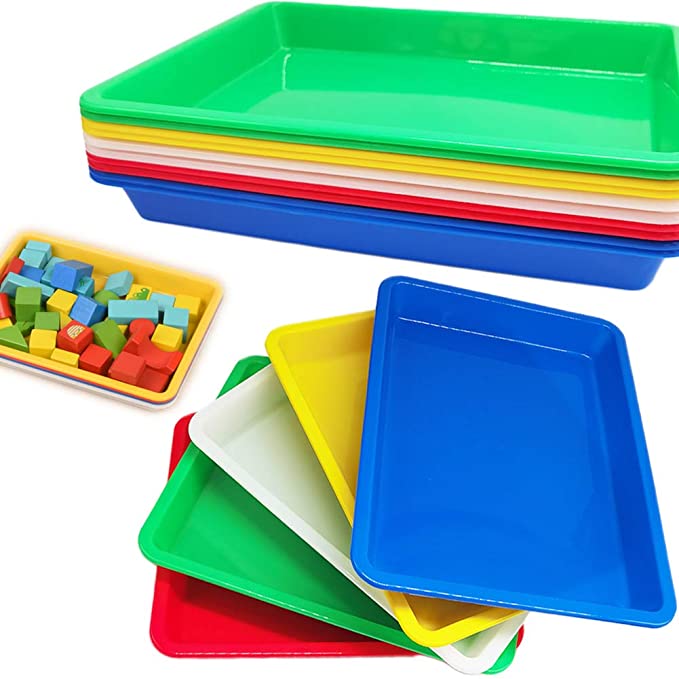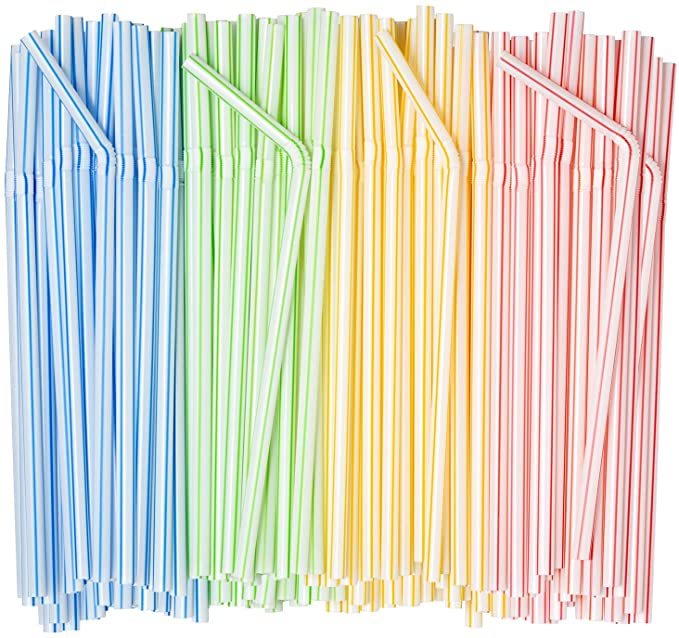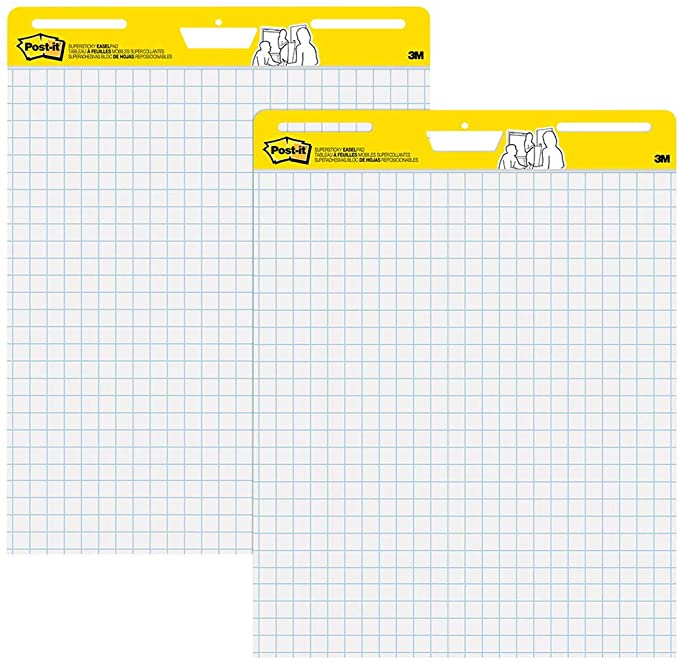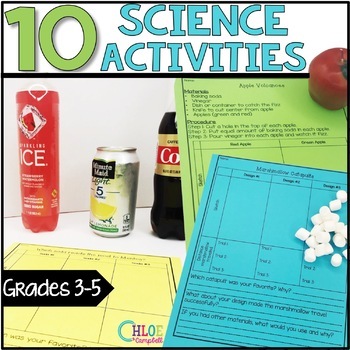
Elementary Science Classroom Supplies List
Here is post number 2 in our series: Preparing For Outstanding Lessons in Science. When teaching science at the elementary level, you pretty much cover physical science, environmental science, earth science, chemistry, and sometimes even some life science. So what materials make it onto the science classroom supplies list? Here are just a couple of science suggestions for elementary classroom materials.
*This post includes affiliated links. I receive a little money when you use my link to purchase these items. This way, I can keep creating gorgeous and helpful resources for you!
Simple Science Classroom Supplies List
To start, some of these materials are not technically “science-specific.” Although they are materials, you will need to complete many science curriculum units and experiments. As the list goes on, you’ll see more specific science materials for classroom lessons.
Storage/Organizational Items
Before moving any further, I needed to share this blog post with you! It discusses all of the different ways you can store supplies! There are a lot of supplies for each unit in science, no matter which grade you teach. So it is essential to know how you will organize the items in a classroom before you start looking for ways to purchase them or ask for the materials.
I give a lot of excellent storage and organizational suggestions in this post! If these trays are right for you check them out here.

Glue Sticks/Scissors
Although not “science” materials, these are two essential items every student needs to have for a science lab. Students often glue and cut different resources, worksheet pages, and other things during science. Plus, they are easy to buy in bulk or put on the yearly supply list for parents. Grab this scissor holder here!
Plastic Cups/Plastic Baggies
Whether you use the cups for planting, measuring, liquids, and supplies storage (dirt, sand, seeds, etc.), they are necessary for the science classroom. You want to have a couple of sizes available in the right size for the right experiment. Plastic baggies follow this same type of idea. If you have different kinds of bags in your classroom, like sandwich bags, quart-sized bags, and gallon bags in your lab supplies. So many simple experiments are done using zipper bags, and you want to make sure you have them on hand.
Rubber Bands/Paper Clips
Same thought process as above. These materials are needed in so many science units, STEAM projects, and other scientific aspects you have to make sure you have them available!
Popsicle Sticks/Straws/Spoons
Popsicle sticks and straws are other supplies that every classroom should have. These materials can be used in different ways, and you can never have enough of them. Many various STEAM activities include the use of popsicle sticks and straws.
You will need to have spoons available in your science classroom, and you will be completely surprised how often you will need to use them in different experiments or how many STEAM activities call for them.
Chart Paper
The Post-It chart paper is my absolute favorite! It comes with lines, no lines, and graph paper. It is just a great product, plus it is sticky on the back, making it easy to hang anywhere. Easily make anchor charts, track student and class science data, and more. This goes on the teacher must have supplies list.
Specific Science Classroom Supplies List
Now, let’s talk about more “science-specific” essential classroom supplies you should always have!
Plastic Beakers/Test Tubes
If you are in the upper elementary or middle school science classroom, you will need some beakers and test tubes. If you are in lower elementary, these may not be necessary just yet if you are in lower elementary because many of the lab supplies for younger kids’ science units are simpler. Look through your different science units or experiments and see if these are science supplies you need.
Tweezers
These come in handy with almost any science lesson, which involves picking materials up. Sometimes students may need to grab small objects, other times, they need to drop an object into hot water or grab an object from cold water. Having tweezers available will make many of these scientific tasks much easier.
Bucket Balance/ Beam Balance
The lab supply we all remember having in our science classroom when we were younger. It is a fantastic tool and can be very helpful during science lessons and math. This science supply allows students to measure the weight of an object or compare two things to one another.
Although simple, a bucket balance is a great tool to help little learners get started with mass and weight. A triple beam balance allows students to weigh objects and track data and helps with place value.
Microscopes/Magnifying Glasses
Although more expensive, these are an excellent tool for you in your elementary science classroom. Students have so much fun finding things in the classroom and outside to view under the microscope lens. If you can’t afford multiple microscopes, magnifying glasses may be the first step for a little while.
They allow students to get up close and personal with the item they are observing and do not break the bank.
Interactive Models/Habitats
There are tons of different interactive models for electricity, the human body, weather, and other science topics. Grabbing a couple of these can really get students engaged and let them see the reactions and different parts in 3-D.
They also have ant habitats, worm habitats, butterfly habitats, and plant growing habitats where students can observe the various processes and steps within these different systems.
These are just a few of the cool things for a science classroom. There are so many more items you can bring into the classroom.
This picture below is my storage closet. This is the first time I’ve ever had a storage closet all to myself and I am LOVING IT! I’ve got the shoe-sized plastic bins and labels to easily find everything. Now, I’ll be honest – My science supplies don’t always look this organized. It will get messy but about once a quarter I take 15-20 minutes and reorganize or spend some time putting things back where they belong.

I have a bundle of science lessons that use a lot of the supplies mentioned above! These experiments are engaging and fun, and help your students learn how to use different tools.
Science Classroom Supplies List
Science materials can become very expensive, and although we do it taking money from our paychecks can be very difficult. There are many ways to get free science equipment for teachers, like asking your PTA/PTSA, sending out a donation list at the beginning of the school year to parents, looking into Donor’s Choose, or different science grants. Having the right supplies in a classroom is very important for learning!
Don’t forget to check out some of my other blog posts about science:











Leave a Reply